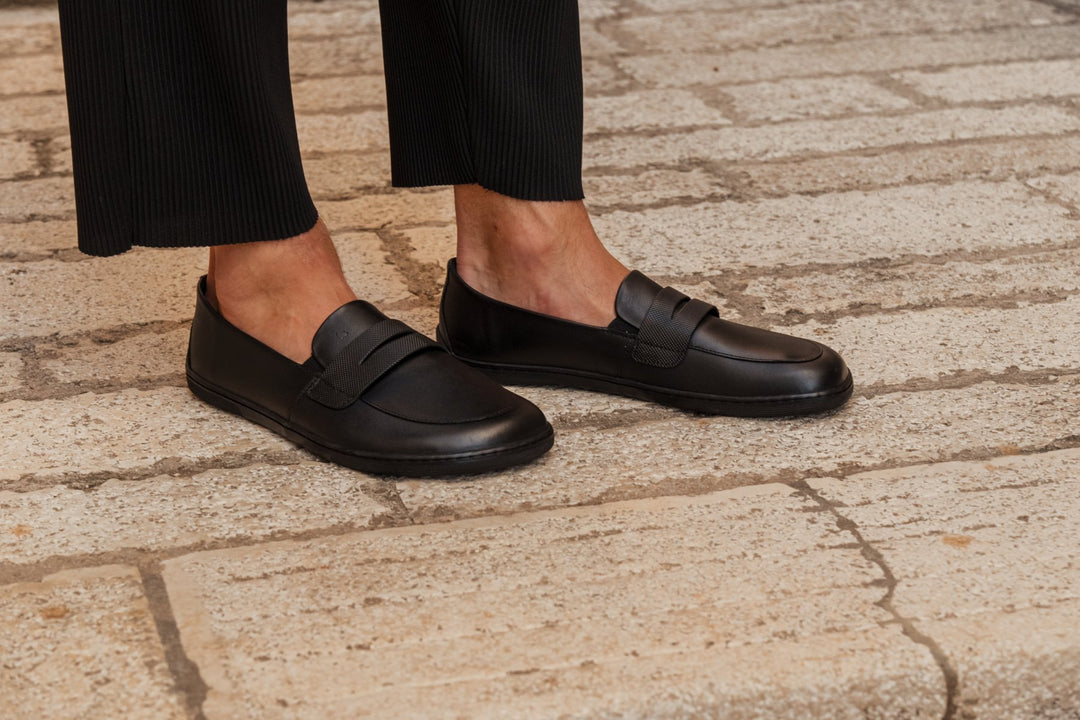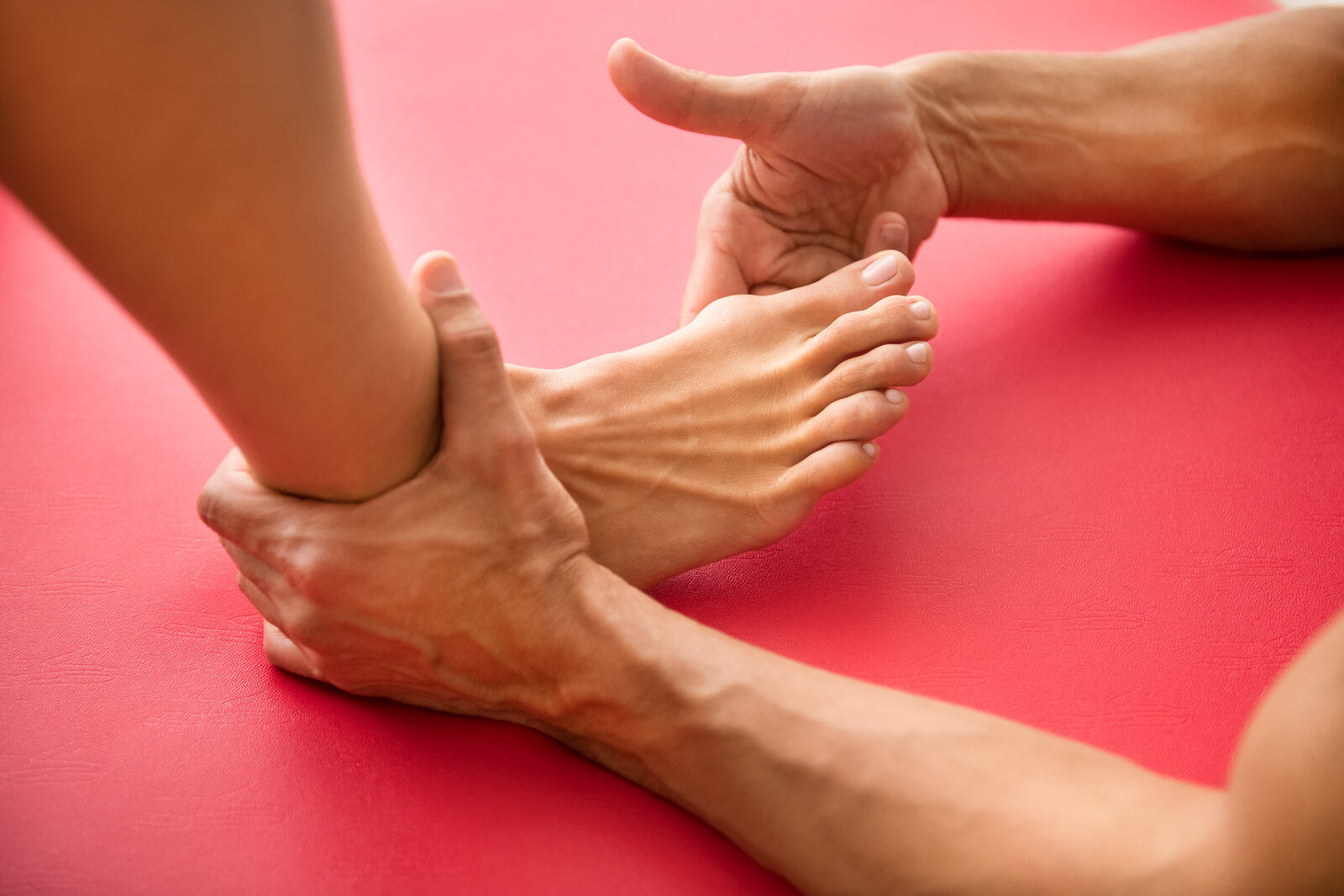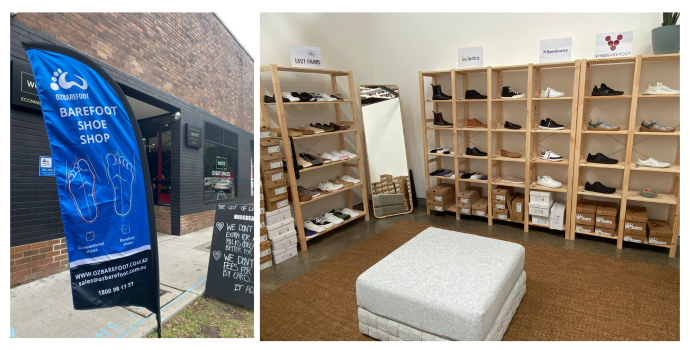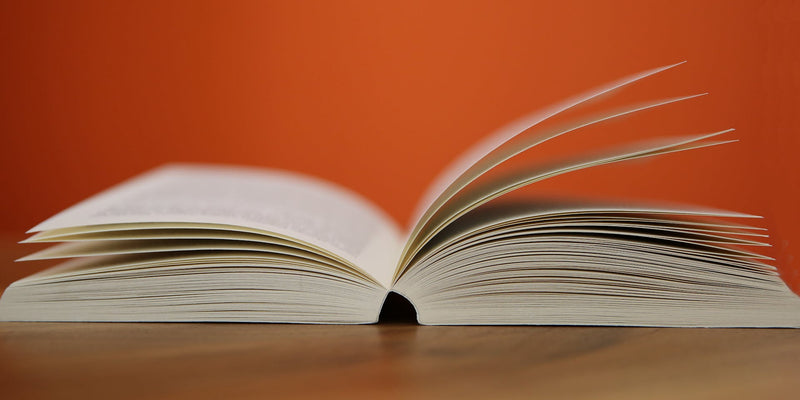Bunions are one of the most common foot issues in Australia. Experts estimate that up to a third of adult Australians suffer from them with the prevalence being more concentrated with older age (1).
They can be painful, unsightly, and most detrimental of all, they can be debilitating. Once they become uncomfortable, people with bunions are less likely to engage in everyday activities like exercise or even walking, and this can rapidly decrease their health and overall quality of life.
Disclaimer: The information provided in this article is for general informational purposes only and is not intended as professional medical advice. While we strive to provide accurate and up-to-date information, readers are advised to consult with a qualified healthcare professional for any specific medical concerns or treatment options related to bunions or other foot conditions.
The most commonly repeated narrative around bunions doesn't paint a hopeful picture either. Most people believe they're incurable and guaranteed to become worse over time. This is true for some cases, but not all. There are both surgical and non-surgical options that can improve bunions for some people, and barefoot shoes are one of these potential solutions.
Did you know bunions are 10x more common in women? This may be because they tend to have weaker connective tissue (especially during pregnancy) and are more likely to wear restrictive footwear that puts pressure on the toe joints. (2)
What Are Bunions and What Causes Them?
Simply put, bunions are bony protrusions that occur at the toe joints. They happen most frequently at the metatarsophalangeal joint (where the big toe meets the first long bone of the foot), but they can also occur where the 5th metatarsal bone meets the pinky toe. This particular type of bunion is often smaller in size and colloquially known as a bunionette.
Mild cases of bunions can sometimes be benign and cause no pain, but they still usually make it difficult to find comfortably fitting shoes since they cause deformities to the bones of the feet.

In cases where bunions are a more apparent issue, they can become inflamed, swollen, cause stiffening of the joint, and may even develop into further medical complications. A few complications that bunions can cause are hammertoe, metatarsalgia, and with enough time, even arthritis (3). Once enough damage has been done to the cartilage within the toe joint because of bunions, it can be past the point of being remedied, so finding proactive solutions is important.
Bunions can develop for a number of reasons, but people who have them often have a genetic predisposition towards them based on the shape of their feet and the stability of their toe joints. As the popular saying goes: "genetics loads the gun and the environment pulls the trigger".
The environmental factors that make bunions more likely to occur are:
- narrow restrictive footwear,
- consistent long hours standing,
- being significantly overweight,
- poor walking mechanics,
- and a past experience of foot injuries (4).
Did you know certain careers can put you at greater risk of developing bunions? Nursing, teaching, and ballet dancing are all high risk occupations since they involve long periods of standing which can gradually cause wear and tear on the toe joints. (5)
How Can Barefoot Shoes Help With Bunions?
Since bunions can occur for a diverse array of reasons, there's no one size fits all approach to caring for them. The steps for treatment generally involve discovering and avoiding the aggravating factors that may have caused them to develop in the first place.
Most often, this means finding more appropriate footwear. Barefoot shoes can be a wonderful bunion-friendly footwear option since they have a wide toe box that doesn't put pressure on and worsen existing bunions. They're also generally made of flexible materials, and this allows the foot to move naturally without compressing the toe joints.
Sometimes, barefoot shoes can even go beyond being comfortable and non-damaging to bunions. There are cases where they can improve bunion symptoms, and they do this in a few ways.
Firstly, barefoot shoes let the feet move freely because of their anatomical shape and design. This can improve walking mechanics and reduce stress on the toe joints that have bunions. Barefoot shoes can also improve the strength, flexibility, and mobility of the toes, including ones affected by bunions (6).
These improvements may not make bunion protrusions disappear in the way surgeries can, but they can recover greater function of the foot and reduce the negative symptoms that often come along with bunions.
The Limitations of Barefoot Shoes For Bunions
While barefoot shoes can be an empowering solution for some people suffering from bunions, they won't be a viable solution in all cases. There are limitations to their use.
People with severe bunions may have too much pain to be able to walk in barefoot shoes. Barefoot shoes offer very little support which is great for increasing foot strength, however severely compromised feet may not be able to withstand this amount of foot stress. In certain situations, shoes with arch support can be a better option.
Another situation where barefoot shoes may not be appropriate is if the feet joints are arthritic. This means the cartilage is damaged and the foot is inflamed. It's unlikely that significant strength and mobility improvements can be made at this point, and prioritizing comfort would likely be a better strategy.
Barefoot shoes can also be combined with other bunion improvement solutions. Foot exercises and stretches as well as strategies to reduce pain and swelling like epsom salt foot baths, massages, or heat and cold therapy can all be helpful when used correctly (7).
Transitioning to Barefoot Shoes
Making the switch to barefoot shoes should be done cautiously by everyone, but especially by anyone suffering from bunions. It can be overwhelming to the small muscles of the feet that aren't yet accustomed to being used.
Starting slowly by wearing barefoot shoes for short periods of time is highly recommended to allow the feet to gradually become stronger. Some barefoot shoes also have milder barefoot shoe features and function well as a transition shoe for beginners.
Selecting shoes that are properly fitted will also make the transition smoother and avoid unnecessary chafing or pressure. The toes should have enough room to splay out naturally without being constricted by the sides of the toe box. People with existing bunions may even need to find an extra wide toe box to avoid squeezing their toe joint bone protrusions.
Even with these precautions in mind, it's always best to consult with a foot health expert such as a podiatrist to ensure barefoot shoes are a wise option. They can be beneficial, or stressful to the feet, depending on how progressed bunions or other foot issues are.
Conclusion
Bunions may seem like an incurable diagnosis, but they don't have to be if they're caught early enough and addressed properly. Barefoot shoes can be a great option to improve mild cases of bunions, and they're a fantastic preventative strategy to avoid developing them in the first place.
Article Sources
- Yangting Cai. (2023). Global prevalence and incidence of hallux valgus: a systematic review and meta-analysis. Journal of Foot and Ankle Research.
- Jan P. Silfverskiöld. (2016). Common foot problems. Postgraduate Medicine.
- Andrea S Aebischer. (2020). Bunions: A review of management. Australian Journal of General Practice.
- Edward Roddy. (2011). Epidemiology and impact of hallux valgus: more than just bunions. Journal of Foot and Ankle Research.
- Betty B. Kelman. (2000). Occupational Hazards in Female Ballet Dancers: Advocate for a Forgotten Population. The Australian and New Zealand Society of Occupational Medicine.
- Nicholas B. Holowka. (2018). Foot strength and stiffness are related to footwear use in a comparison of minimally- vs. conventionally-shod populations.
- Sheree Hurn. (2016). Non-surgical treatment of hallux valgus: a current practice survey of Australian podiatrists. Journal of Foot and Ankle Research.











